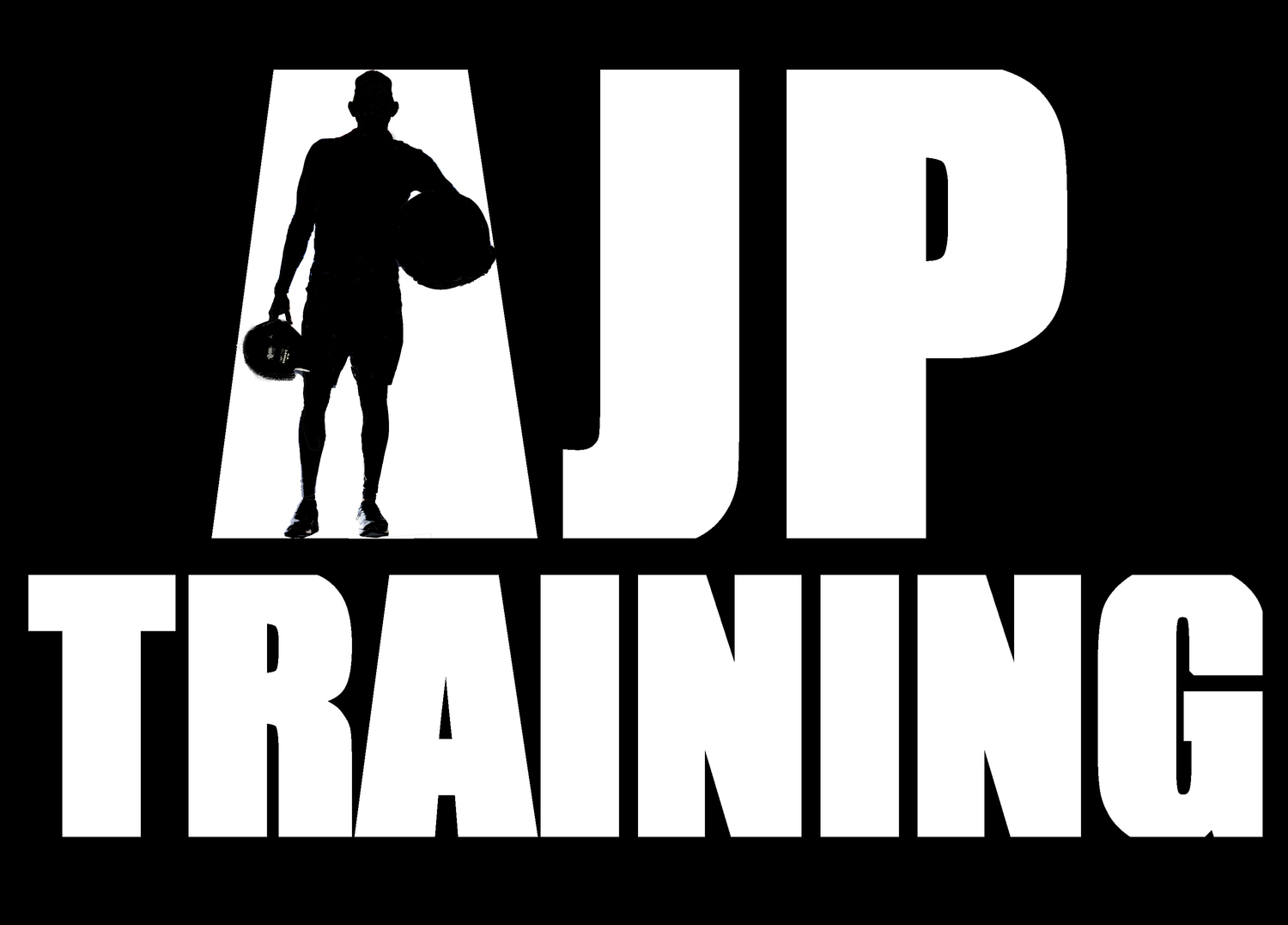If you've ever had a personal trainer (or even gone through your gym's free evaluation), you know the drill. A (hopefully) qualified trainer will ask about your health/injury history and perform a few mobility drills to assess where you are at physically.
One of the things I feel is vital the first time I meet a client is finding out his or her goals. I've heard a lot of different answers: lose 20 pounds, get back to running marathons, desire to compete in an obstacle race for the first time, get a six pack.
Those are goals that should be applauded. (The six-pack goal may seem like it doesn't belong, but it does.) These are all objective goals. I don't tend to like to hear subjective goals, like "I just want to feel better." That's difficult to quantify.
This gets into sports psychology and the class I took at San Jose State taught by Dr. Thomas Tutko, a pioneer in the field and one of my favorite professors. To show how important setting the right types of goals, here's an excerpt from "Fundamentals of Sport and Exercise Psychology" by Alan Kornspan.
Subjective goals are not related to a specific performance in sport; these may be related to just going out and trying one’s best. Objective goals are based on an athlete’s performance. For example, an objective goal of decreasing time by 2 seconds in the 50-meter freestyle event is focused on what needs to be done in order to become more successful at a specific sport. This specific objective goal would then help the athlete be more focused on the task at hand in order to improve technical and tactical skills.
While I do train young athletes, what about those clients who aren't involved in sports? They can still set objective goals, like running that Tough Mudder in a few months. A couple clients have chosen to undertake that challenge.) A Tough Mudder is a 10-mile race with about 20 obstacles thrown in. This race requires an overall solid level of fitness: the ability to run a long distance, flexibility and strength to get over the obstacles. I have done seven myself and will run the 24-hour version of the race (The Toughest Mudder) in Las Vegas next week.
Pulling another Mudder through at my first event last year.
L.M. Leith broke down what the best way to set goals in sports performance in his 2003 book "The Psychology of Coaching Team Sports": process, performance and outcome goals.
Process goals: Basically, this is getting into a rhythm and sticking to it. Eliminate any doubt. Granted, you're not going to get shocked with electrodes or wade through icy water every weekend, but my clients will be able to run a decent pace for 10 miles and have the tools to cope with the obstacles.
Performance goals: This is where you can really put a number on things. You can measure how fast you run a specific distance -- and improve upon it. We can measure how many pull-ups you can do and get that number up over time.
Outcome goals: You're not going to sign up for a Tough Mudder without wanting to complete it, right? So, that is these clients' outcome goal: to cross the finish line. I had a couple more when I ran my first Tough Mudder last year. I wanted to complete every obstacle (no matter how many times I needed to do it) and finish in under two hours. You can read if I did that here.
Getting six-pack abs counts as an outcome goal as well. You'll know you have them when you see it.

